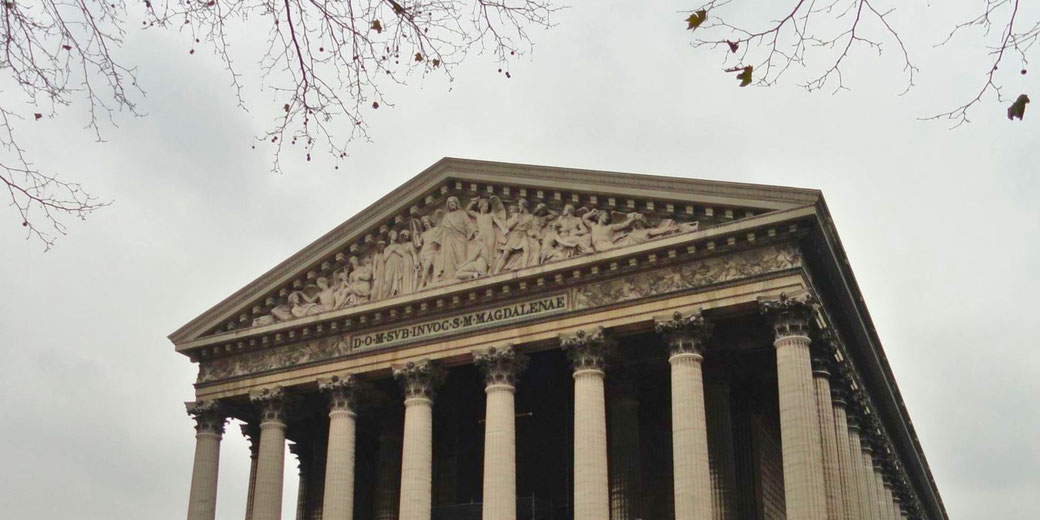What is the difference between primary and secondary sources in history?

Historical sources are central to your study of the past and are important to your success in History assessment pieces.
Therefore, it is of the utmost importance that you learn what they are and in what forms they come.
What is a historical 'source'?
A source is something that provides information about the historical topic you are studying.
They can either be written (e.g., books or websites), or non-written (e.g., photographs or artefacts).
No matter what you're doing in History, you will have to use sources. This could be as simple as learning information from a textbook or website, or actually looking at rare ancient artefacts made in the distant past.
Either way, these sources provide information about the past and are considered 'sources of information'.
How to determine if a source is primary or secondary
There are two kinds of historical sources: primary and secondary. The main difference between a primary and a secondary source is when they were made.
So, in order to determine whether a particular source is a primary or secondary source, you need to find out its date of creation.
What is a primary source?
Primary sources were made during the historical period that is being investigated.
For example, if you're studying ancient Rome, any source made during the time of ancient Rome would be considered a primary source for that topic.
Alternatively, if someone lived at the time of the event, but only wrote down their experiences later in their life, such as in a letter or a memoir, the information they provide is still considered to be a primary source since they were personally there ar the time of the event.
For example, if a person was a soldier during World War One (1914 - 1918), but didn't write down their memories of the battles they found in until 50 years later (e.g. in 1965), their writing is still considered o be a primary source for the war since their were personally present at the time of the event.
Since primary sources can be quite old, they are often harder for students to find than secondary sources.
However, as a result, are often the strongest evidence you can use in your assessment pieces.
What are some examples of primary sources?
There are many different types of primary sources. Here are the most common ones:
| Types of Primary Sources | Examples |
| Published documents | books, magazines, newspapers, government documents, reports, advertisements, maps, posters, legal documents, and other kinds of literature |
| Unpublished documents | personal letters, diaries, wills, deeds, and school report cards |
| Visual documents | photographs, posters, cartoons, films, and paintings |
| Relics or Artefacts | pottery, furniture, clothing, buildings and other excavated physical items |
For example, the original diary of Anne Frank is a primary source of her experiences during World War II, since it was written at the time of the events and by someone who experienced it firsthand.
What are secondary sources?
Secondary sources were made after the time period you are investigating. As you progress as a History student, you will start to find that some secondary sources are better than others.
As a general rule, value secondary sources that are created by scholars (such as professional historians), as they are usually more reliable.
However, while modern scholars aim to produce reliable and unbiased historical accounts, you need to still read their writings with the same critical eye as you would primary source creators.
What are some examples of secondary sources?
Like primary sources, secondary sources come in different types:
| Types of Secondary Sources | Examples |
| Books | popular history books, textbooks, academic works, and printed theses |
| Academic journal articles | scholarly research undertaken by university academics is published in academic journals, which can be found via JSTOR or Google Scholar. |
| Websites | Most websites that come up on a Google search are not of sufficient quality for high school or university essays. If you choose to use websites as secondary sources, make sure you only use websites from respectable individuals or institutions (universities, museums, government archives, etc.). |
For example, a history textbook from 2012 that analyses the diary of Anne Frank is a secondary source, since it was not written during WWII nor was the textbook written by someone who was there.
How to show this in your writing
Demonstrating an awareness of source kinds and types in your writing:
An ancient Greek sword is a primary source because it was made at the time of the event.
A modern website is considered to be a secondary source since it was made after the time of the events it describes.
The Gallic Wars is a firsthand, written account of Julius Caesar’s invasion of Gaul.
In a series of letters written in 1914 to the Russian Tsar, German Kaiser Wilhelm II wrote that “the responsibility for the disaster which is now threatening the whole civilised world will not lie at my door” (1914, n.p.).
Watch a video explanation:
Watch on YouTube
Test Your Learning
No personal information is collected as part of this quiz. Only the selected responses to the questions are recorded.
What do you need help with?
Download ready-to-use digital learning resources
Copyright © History Skills 2014-2025.
Contact via email
With the exception of links to external sites, some historical sources and extracts from specific publications, all content on this website is copyrighted by History Skills. This content may not be copied, republished or redistributed without written permission from the website creator. Please use the Contact page to obtain relevant permission.





